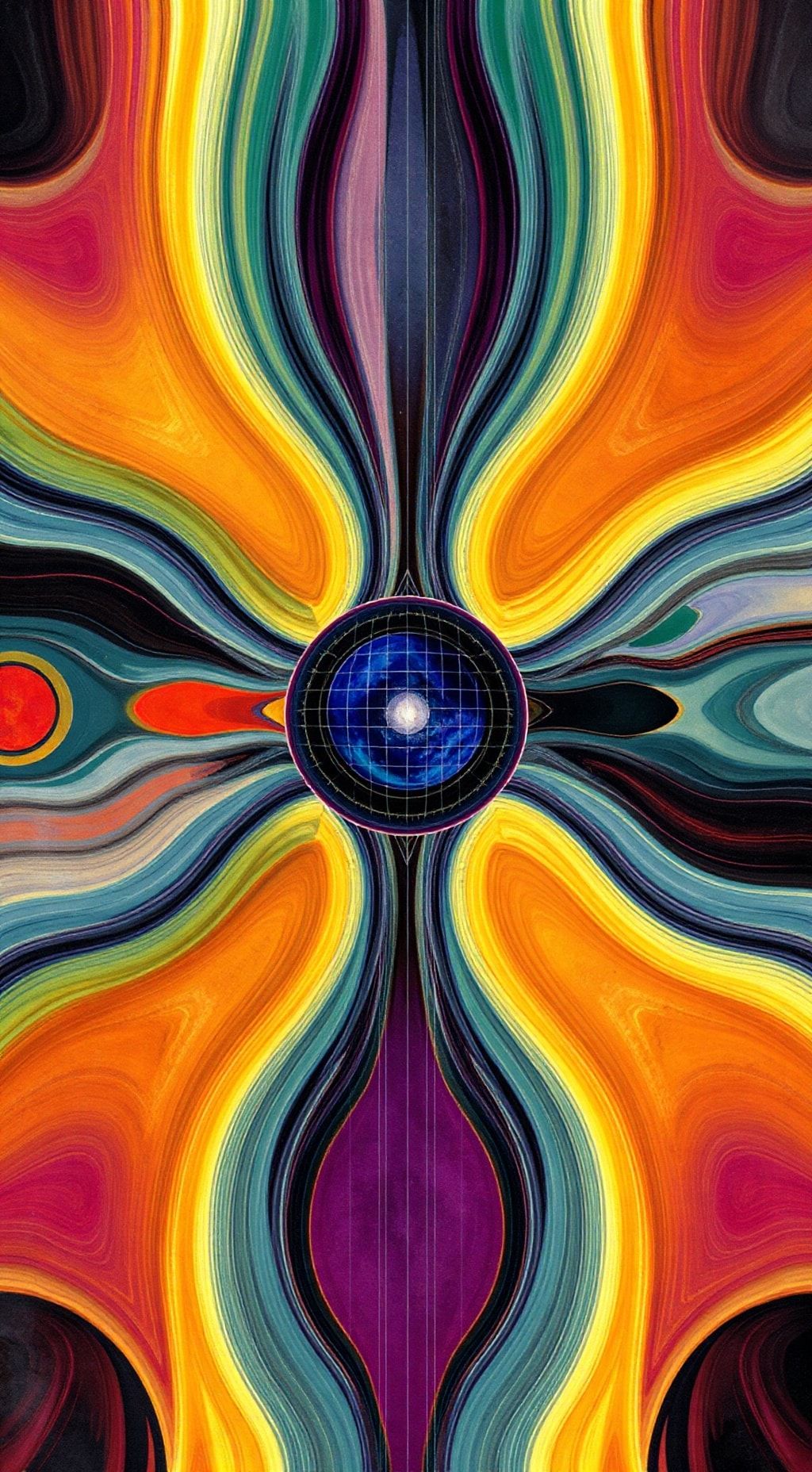Cambodia Approves Major Gold Project Permits
Emerald Resources Completes Landmark Permits for Memot Gold Project in Cambodia The company has …
23. December 2024

Ireland’s First Satellite Set for Success Despite Roadblocks and Discoveries
The small satellite EIRSAT-1, developed by a team of researchers and students at University College Dublin (UCD) with support from Queen’s University Belfast and funding from the European Space Agency (ESA), has been making waves in the space exploration community nearly a decade after its launch.
In 2017, Dr. David Murphy, systems engineer and research fellow at UCD C-Space Centre for Space Research, submitted a proposal to the ESA’s Fly Your Satellite! program alongside Prof. Lorraine Hanlon. The team designed a gamma ray detector to detect bursts of high-energy radiation emitted from massive cosmic events like neutron star mergers, which caught the attention of the ESA, leading to a year-long collaboration.
However, despite the excitement, Murphy and his team encountered unexpected regulatory hurdles. Prior to EIRSAT-1, Ireland had not launched a satellite before, leaving authorities with little prior experience on certain regulations. “We approached ComReg [Ireland’s telecommunications regulator] to register frequencies, and they were like, ‘we don’t know how to do this,’” Murphy recalled.
The team also faced the challenge of finding a new launch window after the original Vega-C rocket failed, causing a year-long delay in their plans. However, with the help of SpaceX’s Falcon 9 rocket, EIRSAT-1 was finally launched on December 1, 2023.
In October this year, ten months after its initial launch, the Gamma-ray Module (GMOD) on board the satellite detected two gamma ray bursts within an hour of each other. The UCD team confirmed these findings with corroborating data from other spacecraft, providing valuable insights into the universe’s most destructive events.
The success of EIRSAT-1 has sparked excitement for future projects, including Prof. Sheila McBreen’s 6U cubesat project ‘Gamma-ray Investigation of the Full Transient Sky’ and Murphy’s ongoing ESA-funded project ‘Comcube’, which aims to deploy a swarm of Compton telescopes in cubesats to detect gamma ray bursts.
As for the team’s plans moving forward, Murphy remained optimistic. “It’d be great to get a third [gamma ray burst detection], but we still haven’t gotten the third… hopefully any day now.” With EIRSAT-1 paving the way, Ireland’s space exploration community is poised to take the next step in exploring the cosmos.
The team’s perseverance and collaboration have led to significant discoveries, including the detection of gamma ray bursts. The story of EIRSAT-1 serves as a testament to the power of teamwork and determination in advancing space exploration research.